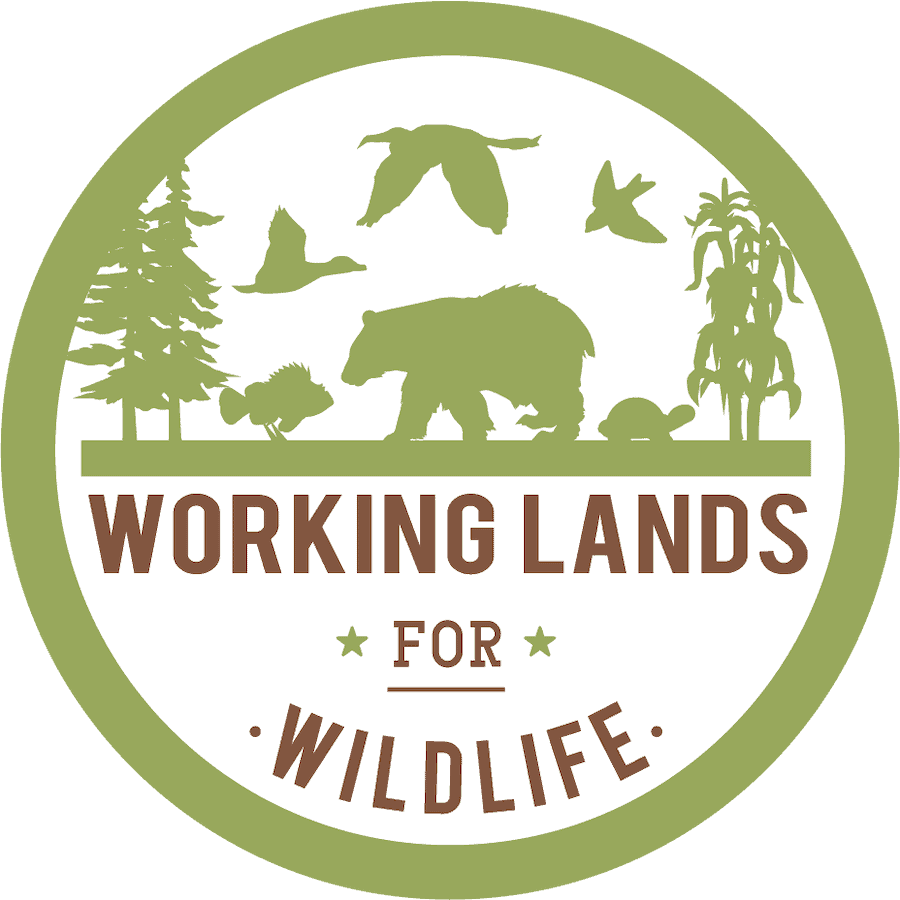-
 Maryland Priority Area Shapefile
Maryland Priority Area Shapefile
-
by
Sage Voorhees
—
published
Mar 05, 2022
—
last modified
Apr 20, 2023 11:01 PM
—
filed under:
Information,
Northeast,
WLFW,
Northern Bobwhite Quail,
Boundaries & Priority Area Shapefiles,
Maps and Spatial Data,
Grasslands and Savannas,
Working Lands for Wildlife,
Maryland
Priority Area for Northern Bobwhite Conservation Partnership
Located in
Information
/
…
/
Boundaries & Priority Area Shapefiles
/
Northeast
-
 Ohio Priority Areas Shapefiles
Ohio Priority Areas Shapefiles
-
by
Sage Voorhees
—
published
Mar 05, 2022
—
last modified
Apr 20, 2023 11:01 PM
—
filed under:
Information,
Northeast,
WLFW,
Grasslands and Savannas,
Northern Bobwhite Quail,
Boundaries & Priority Area Shapefiles,
Maps and Spatial Data,
Ohio,
Working Lands for Wildlife
Priority Areas for Northern Bobwhite Partnership 2022-2026
Located in
Information
/
…
/
Boundaries & Priority Area Shapefiles
/
Northeast
-
 West Virginia Priority Area Shapefiles
West Virginia Priority Area Shapefiles
-
by
Sage Voorhees
—
published
Mar 05, 2022
—
last modified
Apr 20, 2023 11:04 PM
—
filed under:
Information,
Northeast,
WLFW,
Maps and Spatial Data,
Northern Bobwhite Quail,
Boundaries & Priority Area Shapefiles,
West Virginia,
Grasslands and Savannas,
Working Lands for Wildlife
Northern Bobwhite Quail Priority Areas, Northern Bobwhite Grasslands and Savannas Partnership 2022-2026
Located in
Information
/
…
/
Boundaries & Priority Area Shapefiles
/
Northeast
-
 New Jersey Priority Area Shapefiles
New Jersey Priority Area Shapefiles
-
by
Sage Voorhees
—
published
Mar 05, 2022
—
last modified
Apr 20, 2023 11:05 PM
—
filed under:
Information,
Northeast,
WLFW,
New Jersey,
Northern Bobwhite Quail,
Boundaries & Priority Area Shapefiles,
Maps and Spatial Data,
Grasslands and Savannas,
Working Lands for Wildlife
Northern Bobwhite Priority Areas, Northern Bobwhite Grasslands and Savannas Partnership 2022-2026
Located in
Information
/
…
/
Boundaries & Priority Area Shapefiles
/
Northeast
-
 National Project Boundaries for WLFW-NOBO, Grasslands, and Savannas
National Project Boundaries for WLFW-NOBO, Grasslands, and Savannas
-
by
Bridgett Costanzo
—
published
Mar 07, 2022
—
last modified
Apr 20, 2023 11:54 PM
—
filed under:
Information,
WLFW,
Grasslands,
Northern Bobwhite Quail,
NWSG,
Boundaries & Priority Area Shapefiles,
framework,
Savannas,
Maps and Spatial Data,
Grasslands and Savannas,
Working Lands for Wildlife,
National,
Northern bobwhite
Attached shapefiles combine all of the state input to create one cohesive, national map for the framework. Some states also identified priority areas within these boundaries, and those are posted in this same folder.
Located in
Information
/
…
/
Boundaries & Priority Area Shapefiles
/
National
-
 State Priority Areas for WLFW NOBO, Grasslands, and Savannas
State Priority Areas for WLFW NOBO, Grasslands, and Savannas
-
by
Bridgett Costanzo
—
published
Mar 07, 2022
—
last modified
Apr 20, 2023 11:57 PM
—
filed under:
Information,
WLFW,
Grasslands,
NOBO,
Northern Bobwhite Quail,
Boundaries & Priority Area Shapefiles,
framework,
Savannas,
Maps and Spatial Data,
Grasslands and Savannas,
Working Lands for Wildlife,
priority areas,
National,
Northern bobwhite
Beyond the national boundaries that each NRCS state offices selected, some chose to also identify priority areas that will be used in project ranking. (priority area shapefiles not uploaded yet!)
Located in
Information
/
…
/
Boundaries & Priority Area Shapefiles
/
National
-
 National Bobwhite Conservation Initiative - Participating States
National Bobwhite Conservation Initiative - Participating States
-
by
Bridgett Costanzo
—
published
Mar 05, 2022
—
last modified
Apr 20, 2023 11:59 PM
—
filed under:
Information,
WLFW,
BRI map,
Grasslands and Savannas,
National Bobwhite Conservation Initiative,
Northern Bobwhite Quail,
bobwhite,
Maps and Spatial Data,
quail,
Working Lands for Wildlife,
Northern bobwhite
This map was developed by NBCI and depicts the 25 participating states in NBCI and its Technical Committee.
Located in
Information
/
Maps and Spatial Data
-
 NBCI BRI Map for Northern Bobwhite
NBCI BRI Map for Northern Bobwhite
-
by
Tracy Clark
—
published
May 31, 2019
—
last modified
Apr 21, 2023 12:00 AM
—
filed under:
map,
BRI map,
Information,
Grasslands and Savannas,
Northern Bobwhite Quail,
Maps and Spatial Data,
WLFW,
Working Lands for Wildlife,
NBCI,
Northern bobwhite
Developed by the National Bobwhite Conservation Initiative partnership, this Biological Ranking Information map denotes prioritized counties across the 25-state area of NBCI activity. Within NRCS, states participating in Working Lands for Wildlife-Northern bobwhite select from the blue priority counties to identify areas within each state where sign-ups for Farm Bill programs will occur.
Located in
Information
/
Maps and Spatial Data
-
 FY17-21 WLFW-Northern bobwhite Map
FY17-21 WLFW-Northern bobwhite Map
-
by
Bridgett Costanzo
—
published
Dec 30, 2020
—
last modified
Apr 21, 2023 12:01 AM
—
filed under:
map,
WLFW,
Information,
Northern Bobwhite Quail,
NRCS,
Maps and Spatial Data,
Grasslands and Savannas,
Working Lands for Wildlife,
Northern bobwhite
This map was current as of FY21 for NRCS WLFW-Northern bobwhite but updated for FY22 based on the NRCS state offices that opted into the Northern bobwhite, Grasslands and Savannas Framework partnership (by FY22 there will be 24 states).
Located in
Information
/
Maps and Spatial Data
-
 Map of Row Crops Produced in NOBO Range
Map of Row Crops Produced in NOBO Range
-
by
Bridgett Costanzo
—
published
Mar 07, 2022
—
last modified
Apr 21, 2023 12:01 AM
—
filed under:
Information,
WLFW,
Grasslands,
Northern Bobwhite Quail,
Maps and Spatial Data,
row crops,
Grasslands and Savannas,
Working Lands for Wildlife,
agriculture,
Northern bobwhite
Row crop production within WLFW Northern bobwhite, Grasslands, and Savannas framework boundaries.
Located in
Information
/
Maps and Spatial Data


